- Potentially Treatable Condition
- Genitals
- Vaginal Rejuvenation
- HOME
- ABOUT
- RESEARCH
- INSIGHTS & HAPPENINGS
- JOIN US
- CONTACT US
-

Vaginal rejuvenation : Is a broad term for vaginal corrective treatments. These procedures can be done for cosmetic reasons or to solve age-related problems, such as lack of vaginal tightness and urinary incontinence
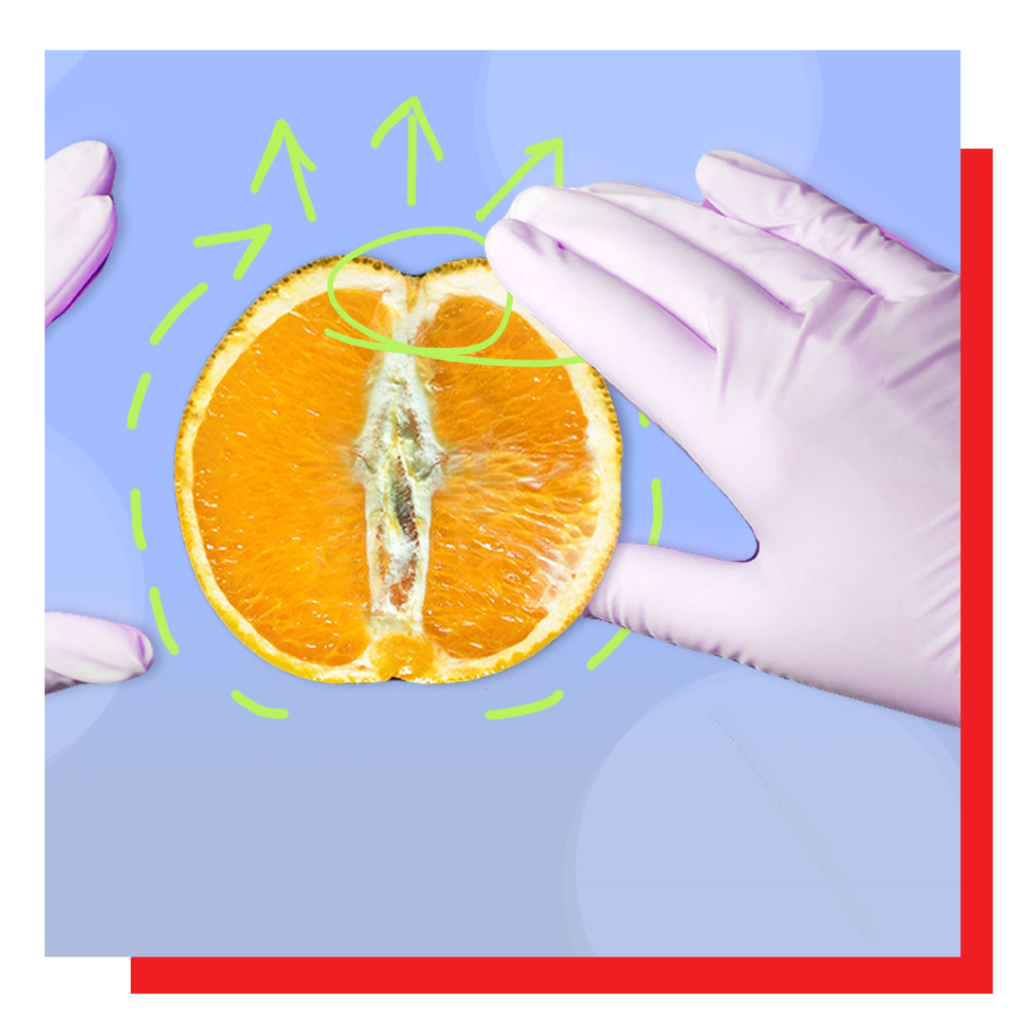
Vaginal rejuvenation is a broad term that refers to a variety of vaginal rejuvenation procedures. Your vagina and surrounding tissues may lose elasticity and strength due to factors ranging from childbirth to ageing to genetics. This causes incontinence (leaking urine), vaginal dryness, sagging skin, and a lack of sexual pleasure.
Many women and people who were Assigned Female At Birth (AFAB) seek vaginal rejuvenation to improve these conditions and restore the appearance and function of their vagina. Vaginal rejuvenation can be accomplished surgically or nonsurgical.
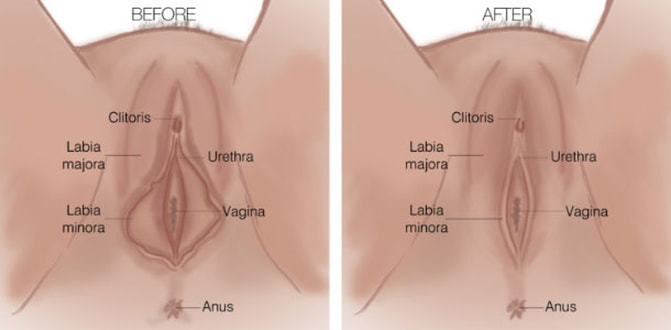
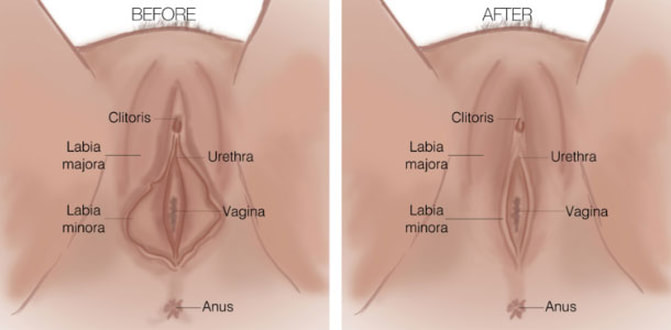
People get vaginal rejuvenation to address common issues associated with having children or menopause, including vaginal looseness, lack of lubrication and loss of sexual intimacy. Treatment can help minimize these symptoms as well as:
Vaginal Laxity
To tighten the vagina at the introitus and the full length of the vaginal canal.
Vulvar/Labial Laxity
To tighten the labial tissues and reduce noticeable sag.
Vaginal/Vulvar Dryness or Atrophic Vaginitis
To add softer and thicker skin and relieve dryness without the use of hormones.
Mild to Moderate Stress Incontinence
To reduce accidents and leakage, and possibly reduce urge symptoms. Used with consistent Kegel exercises, ThermiVa may reduce or eliminate the need for mesh slings.
Mild to Moderate Stress Incontinence
To increase sensitivity and strengthen muscular contractions, leading to greater sexual satisfaction for women and their partners.
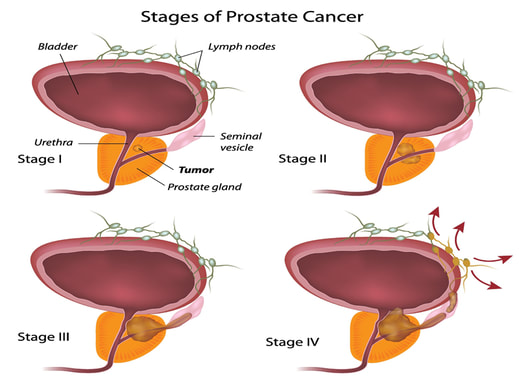
Childbirth
There is so much that happens during childbirth that there isn’t just one factor that causes vaginal changes. First, the cervix (the passage at the bottom of the uterus) must dilate by 10 centimetres. When the cervix dilates, the baby can be pushed through the vaginal canal.
Muscles on the pelvic floor push the baby along as it travels. These muscles can sometimes stretch to three times their normal size. Once the baby reaches the vaginal opening, the tissue will stretch as far as it can, but occasionally it will need to stretch beyond its limit, in which case the doctor will form an episiotomy.An episiotomy involves cutting the tissue from the opening of the vagina to the perineum to prevent the skin from ripping.
Menopause
Menopause is another major life event that has a significant impact on the vagina and vaginal tissues. Hormone deficiency causes vaginal walls to thin and become lax or atrophied. As the pelvic floor muscles weaken, the body stops producing natural lubrication, and stress incontinence worsens.
Labiaplasty
Reshaping your labia or the “lips” of your vagina
Vaginoplasty
Tightens or repairs the vaginal canal after childbirth
Clitoral Hood Reduction
Removes extra tissue that covers the clitoris
Monsplasty
Removes fatty tissue from the public bone area
Vulvoplasty
Reshapes the vulvar area (external genitalia)
Perineoplasty
Strengthens the perineum (space between your vaginal and anus)
CO2 Laser treatment
RF (radio frequency) treatment
CelltiX is a type of extracellular vesicle from Umbilical Cord-Derived Mesenchymal Stem Cells (MSCs) manufactured in a cGMP-compliant facility.
It is a novel form of a major paracrine factor released by MSCs into a culture medium, which plays an important role in a wide range of biological processes.
CelltiMax is a product derived from human umbilical cord-derived Mesenchymal Stem Cells (MSCs). The cells are cultured, then administered to the patient via intramuscular or intravenous injection. They have the ability to differentiate into specialized cells with specific functions for various parts of the body, and can reduce inflammation, repair, renew, regenerate, and replace damaged cells.
Definition
Stem cells are unspecialized cells of the human body.
Extracellular vesicles, which is the medical term for tiny bubbles that are released from stem cells.
Function
Unique, can become any type of cell, and they act as both building blocks and repair mechanisms in your body.
Carry genetic information and proteins to cells throughout your body, and they create paths for communication between cells.
Origins
Donor stem cells are placed in your body and are guided into becoming specific cells in the body to replace and repair diseased cells.
Exosomes are extracted from donated human mesenchymal stem cells (MSCs) and sterilized.
Growth Factors
Less amount of growth factors compared to exosomes.
Exosomes contain nearly three times the amount of growth factors. More growth factors mean a better ability to restore and revitalize target cells.
Administration
Improve bodies’ natural healing abilities
High stabililty
Modulate the immune system
Low toxicity and immunogenicity
Locate and reduce areas of inflammation
High penetration
Replace damaged and diseased cells
Enhanced delivery efficiency

Histological and biochemical analyses revealed that the content of collagen I, elastin, and microvascular density in the lamina propria of the vagina increased significantly in the MSC group compared to the saline group 12 weeks after MSC transplantation. In addition, the fraction of smooth muscle in the vaginal muscularis increased significantly in the MSC group. MSC transplantation also improved the biomechanical properties of the vagina by increasing the elastic modulus.
Vaginal MSC transplantation has the potential to repair weak vaginal tissue by promoting extracellular matrix ingrowth, neovascularization, and smooth muscle formation, as well as improve the biomechanical properties of the vagina, providing a new treatment option.
If you feel we might be able to offer meaningful improvement to both your condition and your quality of life, then please reach out to schedule a free consultation with one of our in-house clinical experts. We offer consultations in both Malay and English.





Review your medical history & recent evaluations
Explore what your treatment package might look like
Answer any questions you have about us
Answer any questions you have about the therapies
Discuss practical next steps,
if you feel we can effectively treat you
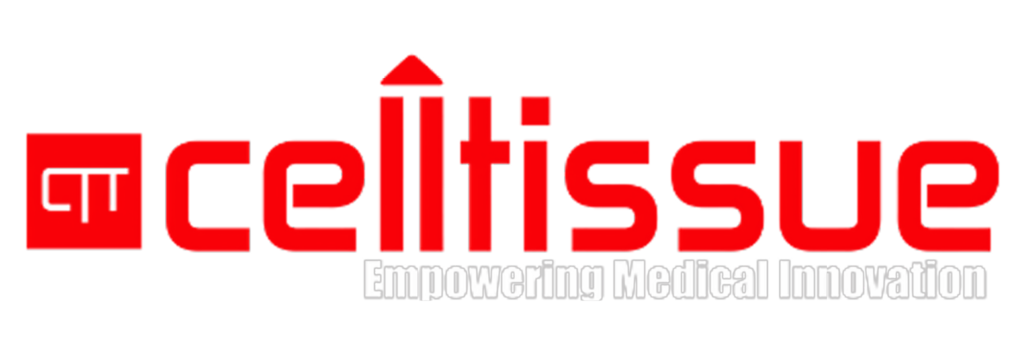
Founded in 2010, Cell Tissue Group is a pioneering Malaysian medical technology company and a spin-off from the National University of Malaysia (UKM). As Malaysia’s first Tissue Engineering firm, Cell Tissue Group operates within a certified GMP Lab, ensuring the highest standards of medical research and product development, particularly in Tissue Engineering and Regenerative Medicine.


Founded in 2010, Cell Tissue Group is a pioneering Malaysian medical technology company and a spin-off from the National University of Malaysia (UKM). As Malaysia’s first Tissue Engineering firm, Cell Tissue Group operates within a certified cGMP laboratory, ensuring the highest standards of medical research and product development, particularly in Tissue Engineering and Regenerative Medicine.
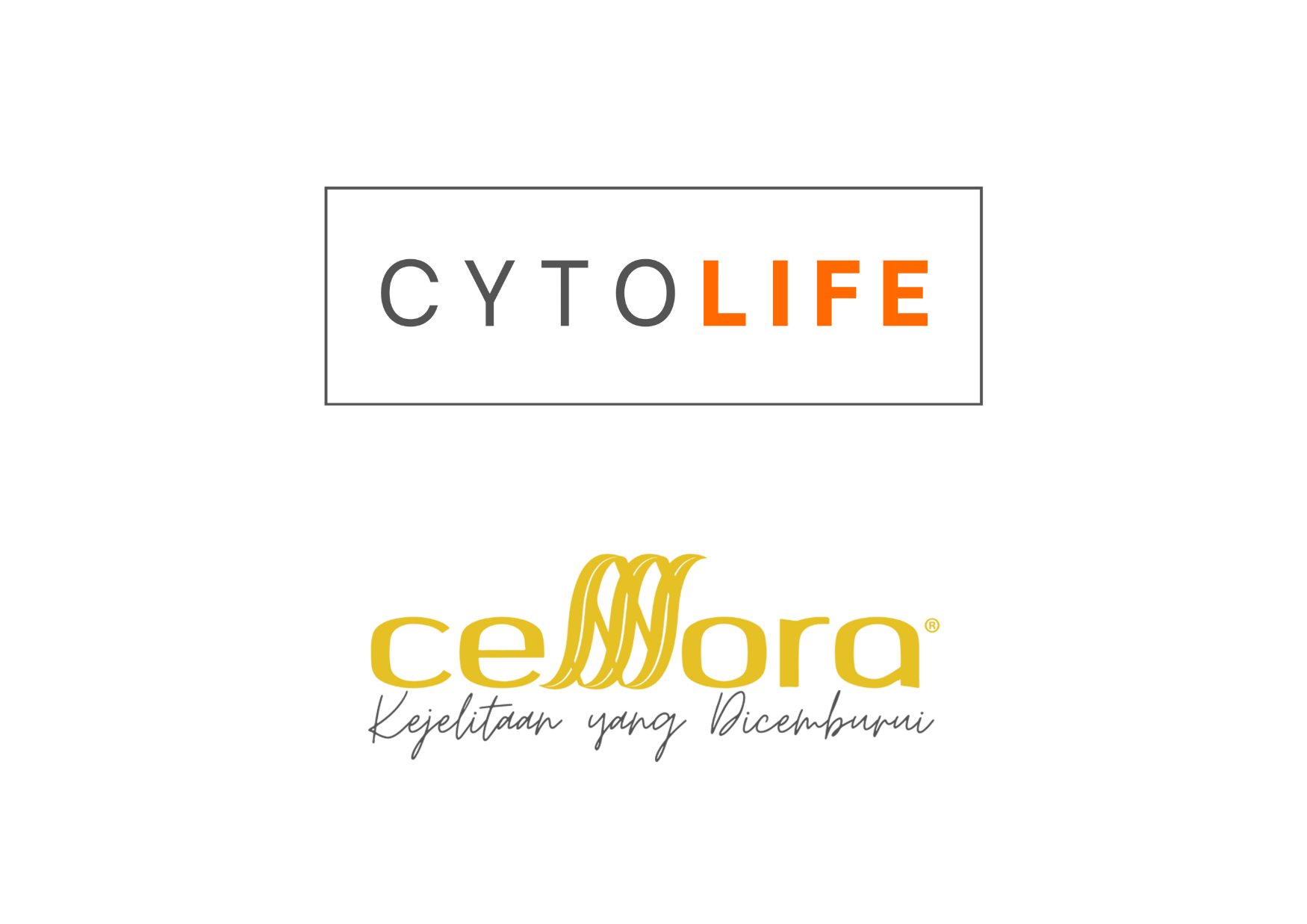
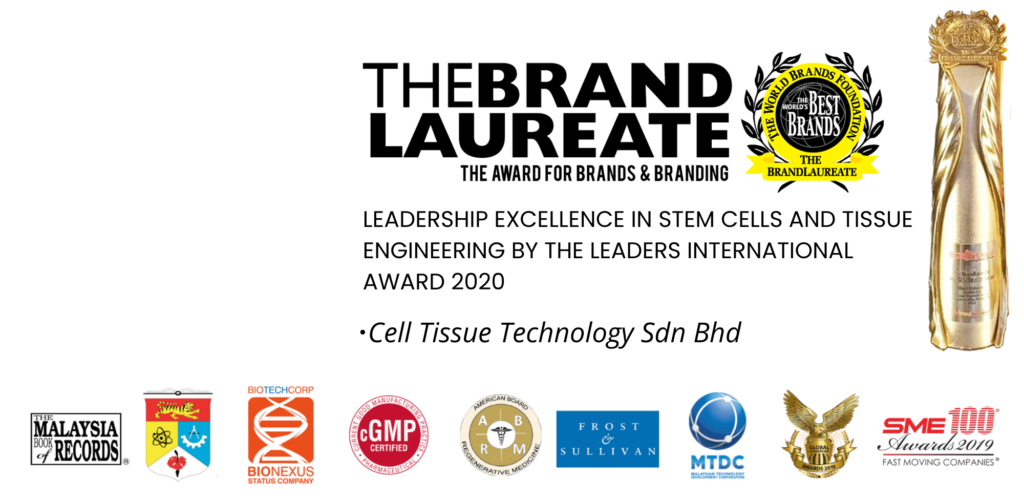
Proudly powered by CTG © 2010-2025 Cell Tissue Group, a Universiti Kebangsaan Malaysia Spin-Off Company. – All Rights Reserved.